In her teens, Donna Garlough told her parents that she wanted to be an interior designer—an idea (ironically in retrospect) they struck down. Despite it all, even after choosing English as her study focus, Donna eventually found her way into the design world. After stints at several different lifestyle magazines (including one at Martha Stewart Living Omnimedia!), she now works as the Style Director of Joss & Main, a members-only site that offers special deals on lifestyle and home goods.
Rather than pursuing work for work’s sake, Donna has always been attracted to jobs that combine both work and pleasure. At Joss & Main, she is able to do that on a daily basis, creating content that constantly impacts people in a positive way. Since her own life has been extremely affected by the lifestyle content she sought out as a reader, she considers this her way of giving back to the creative community.
By allowing her natural strengths to lead her, Donna has been able to move steadily up in the world of editing, but she credits much of her success to persistence, networking and the simple act of doing what she loves. She knows just how much editorial content moves others, and likes being able to contribute to that experience. Donna truly enjoys discovering and sharing items she thinks will inspire others—especially when they turn out to be things that inspire her as well!
Her Starting Point
How did your English degree from Cornell University prepare you for the career you have today? What skills and lessons did you learn there that you still apply to your everyday life?
I’ll be honest—there’s not a lot of Postmodernist fiction or 18thcentury poetry in my day to day. I barely touch the topics that formed my coursework. But I’ve never taken a very academic approach to my studies and my career; I’ve just always gravitated toward fields that feel more like pleasure than work, and I’ve always loved dissolving into stories and discovering the many ways to communicate emotion and set an enveloping scene. But my major was just a small part of my learning.
The amazing thing about Cornell is the breadth of quirky things available to study across the different colleges—from the Hotel school, to Human Ecology. Everyone seems to understand that life-enriching topics are just as valuable as the standard curriculum. I plowed through my “academic” coursework and so I could spend my last year taking classes like wine tasting, Italian, travel & tourism and a study of opera. And because world-class experts teach the courses, it’s not just fluff—you learn to be critical and analytical, and you begin to understand the business and cultural impact of lifestyle industries. That was fascinating to me.
In 2001 and 2002 you completed internships at Natural Health Magazine and Pohly Co. What did you learn about yourself from these positions and how have they impacted the trajectory of your career?
At some point in my teens—after I told my parents I wanted to be an interior designer and was promptly shut down, which is funny in retrospect—I got it in my head that I wanted to be an editor at a women’s magazine. I would read the editor’s letters in YM and Sassy (R.I.P., dear mags!) and imagine writing stories and collaborating on shoots and layouts. When it came time to get summer work experience, I was already living in Boston and applied to the only two lifestyle-type magazine internships I could find here. Thank heaven, I got both gigs.
Both were really eye opening. For the first time, I had to learn how to select and filter content for someone other than myself, on totally unfamiliar topics. I was in no way an expert in holistic health, but had to interview herbalists, yogis and acupuncturists at Natural Health and distill an hour-long conversation into a 150-word blurb that our readers could use. At Pohly, I was writing articles for airline passengers, collection agency employees and travel agents. I quickly realized that writing and massaging copy was only a fraction of what lifestyle editing is about. It’s all about channeling your reader, selecting great content and ideas on her behalf and presenting it in a way that inspires.
Did you always have an interest in lifestyle editorial (i.e., health, fitness, food, décor)? What was it about this kind of content that first sparked your interest, and how did you translate that passion into a professional career?
As with my studies, I’ve always leaned toward work that doesn’t feel like work. I’ve never felt the need to climb a ladder or beat the competition; I just want to create compelling written and visual content that makes people say, “I want to learn that/see that/go there/taste that/bring that into my home.” Personally, I’ve learned tons from magazines and lifestyle media: how to cook, how to renovate my homes, how to deal with the challenges of pregnancy and parenting. And I’m not alone: We’re relying less on tight circles of moms and aunts and neighbors to walk us through these things, and we rely on lifestyle media and Google searches to tell us what to do. I know how much of an impact this content can have, so in a way, I’ve made a career of paying it back.
You’ve worked as a freelance writer throughout your working life. How did you get the ball rolling on your freelance career? What were some of the strategies you used to secure work?
I made the leap to freelancing after quitting my job at Whole Living, the wellness magazine at Martha Stewart Living Omnimedia. I had been at that gig for several years covering beauty and green living, and I craved flexibility and the ability to write about other topics like dining, décor and travel.
Starting out, I pitched article ideas to contacts I’d made through my previous gig, such as colleagues who had moved on to edit other magazines. Since there was built-in trust, it wasn’t like cold calling and asking a stranger to hire me. I tried to pitch ideas every month or so, whether or not the previous ideas had been accepted, as a way of reminding the editors I was available for assignments. I used networks like LinkedIn and Facebook to let folks know I was freelancing, and pretty soon projects started coming to me—like a book project for National Geographic. Work could be sporadic, however, so I kept detailed records of pitches, assignments and invoices to ensure I was lining up enough work to cover my expenses and re-pitching rejected ideas to other outlets.
Tenacity is key. And once I decided to take on a full-time editing position again, I kept freelancing on the side. It’s great to keep those lines open.
Her Big Break
Tell us about your stint at Martha Stewart Living Omnimedia. What did you learn from this position? What were some of the pros and cons of working at such a large corporation?
Martha Stewart Living Omnimedia is an incredible company, and an amazing place to gain experience as a young editor. First, they keep such incredibly high visual standards, and they aren’t afraid to develop and then commit to their own branding and aesthetic. That was a powerful lesson; lots of magazines and lifestyle companies seem to shift looks with every new editor and product launch—to follow the trends rather than set them. I also learned to look at content as a true collaboration between copy + photo + design, with no part more important than another. I wasn’t allowed to be attached to my words when they didn’t fit into the master plan of this lovely editorial spread with the perfect balance of images, copy blocks and white space. I learned to set ego aside and keep that final output in mind, knowing that’s what the reader craves and expects from us. And the photo studios! I’m not sure I’ll ever again have access to a prop room as amazing as Martha’s.
How did you land your job at Joss & Main? What skills and qualities did you bring to the table that made you stand out from the crowd?
Joss & Main was only a few months old when I came on board, and they were looking to create a content experience for their members through an online magazine, Plume. They wanted to leverage their access to great designers and curators via Q&As, to present how-to stories and generally put more ideas in front of their members. I was coming from Boston Magazine, where I led lifestyle content including weddings, travel, shopping and home, so I knew the space well. Even better, I had come to specialize in short, tip-oriented prescriptive content, so it was a good match.
You started out at Joss & Main as interim creative director/managing editor of online content. How did you make the leap from this role to your current one as style director? Were you daunted at all by your new role or did it seem like the natural next step?
As managing editor of content, I was primarily focused on getting Plume off the ground. But it quickly became clear that there were other areas of the business that needed help as they grew, such as photography. As a startup, we were really winging it with a makeshift photo studio in a conference room and a bare-bones team, and we didn’t have a ton of space or props to work with. I started to pipe up with suggestions, and soon I was part of the daily critique loop. I was also weighing in on our event concepts, brand copy and more, so it eventually just became part of my job. The great thing about working at a startup is that roles are really malleable, and if you’re vocal about your interests and aptitudes, you naturally get folded into new projects and initiatives.
As style director for a lifestyle company, you must be constantly searching for beauty in everyday life. Where do you find inspiration? What resources do you use to keep the creative juices flowing, and how do you manage to keep up with ever-changing lifestyle and design trends?
Like everyone in décor, I adore Pinterest. But no matter how much of our world goes online, my richest source of inspiration is still print. I devour shelter magazines, home catalogs, etc. Print forces you to pause and examine the details. I also like to look outside my industry—at hotels, store windows and product vignettes. You see a lot of new and interesting ways to showcase shape and color, and to grab people’s attention as they walk by.
And, of course, there’s my own home—it’s kind of a laboratory for me. I’m endlessly renovating, and like my customer, I’m always designing and redesigning rooms in my head. I spend a lot of time thinking about how someone puts together a great, personal space that works for real life—the challenges and the rewards.
Her Perspective
How much of your job involves using your intuition to make decisions? How do you know when something will work and when it won’t?
I’ve never been much of an analyst; my gut is my guide. But I’m lucky—because my work and life blur together so much, I do trust that my own experiences reflect the customer experience. If I can’t find what I want on a certain section of our site, how can our member? If there’s a site feature I crave, someone else must, too. And fortunately, I’m checked by a team of incredibly sharp, data-oriented analysts and marketers. If I have a hunch about whether a type of product, message or look could work, we can run tests, analyze the returns and decide whether to pursue it further.
Have you always had an eye for design or is it something you’ve had to develop over the years? Both? What advice would you give to someone looking to break into the design/lifestyle industry?
I’ve always been incredibly attentive to detail. I can pinpoint spices in a complex dish, or match a paint color based on something I saw in a store. I mentally catalog images and products we’ve featured on our site. So I’m somewhat preconditioned for this job.
My advice would be to follow your strengths rather than dwell on your weaknesses. If I had spent all my time at Boston Magazine trying to compete for crime stories with the investigative journalists, or forced myself to learn complex data pulls at Joss & Main, I wouldn’t have the time to explore new looks and identify things our members might like. Surround yourself with a team that complements your strengths, and don’t be afraid to be opinionated. Everyone has a unique perspective.
Take us through the process of selecting products for Joss & Main. What do you look for when choosing products to feature on the site? How do you know if a product is going to attract consumers?
All of the credit goes to our buying team on this front—they do an amazing job of sourcing product and onboarding new suppliers, which we can then tap to include in events based on the looks and rooms we’re presenting. What I really do is feed them ideas for new trends and looks that I think will resonate with our members—looks that walk the right line between classic, fashionable and charming. I also help to refine the specific selection of products we’ll feature in our site imagery, hand-select items to be featured in editorial emails, like our Friday Night Finds, and create broad concepts for seasonal campaigns.
And finally, what do you wake up looking forward to? What’s next for your career?
I look forward to creating more lovely things—to making our site prettier, more customer-friendly and more inspiring each day.
You May Also Like
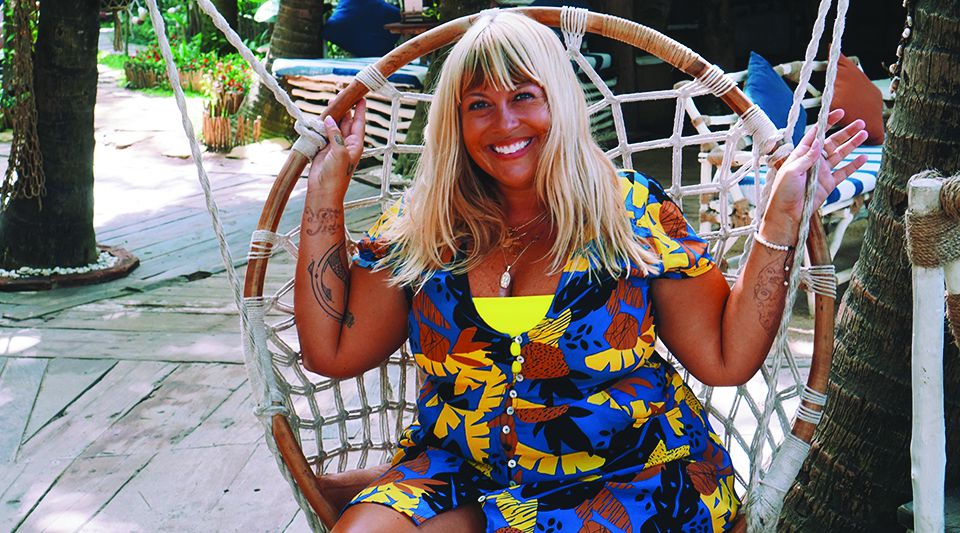
Fashion + Beauty
Unretouched—How Heather Caye Brown Disrupted the Swimwear Industry from Iowa
Heather Caye Brown always knew she wanted to be a designer. When she found out she wanted to spend the remainder of her life in a bikini, her career as a swimwear designer took off. Here's how she founded NIGHT DIVE from her home in Iowa.
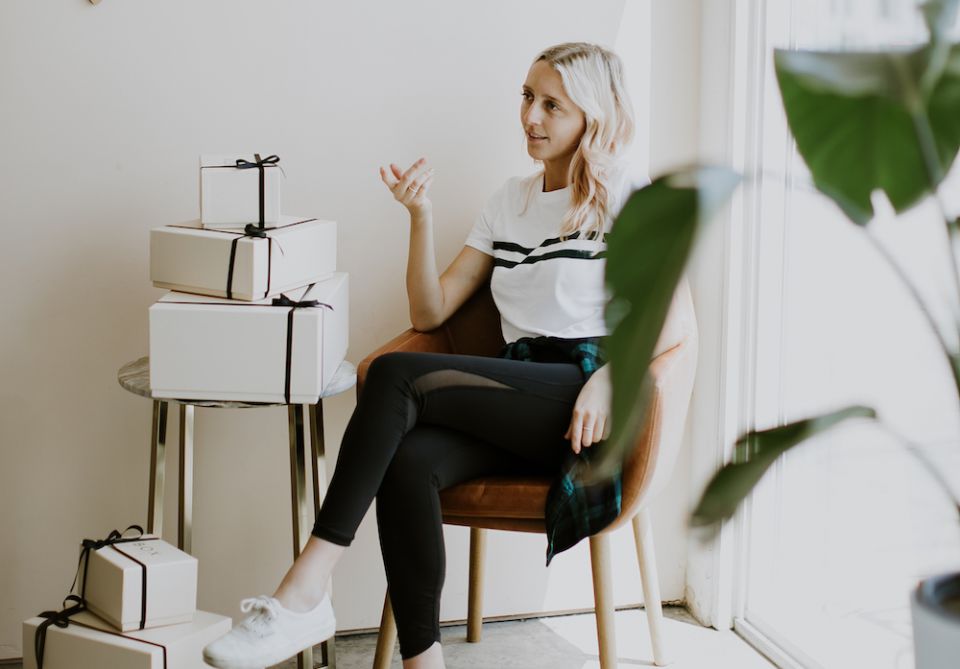
Fashion + Beauty
Disrupting the Gift-Giving Model with Co-Founder and CEO of BOXFOX
Chelsea Moore of BOXFOX joins us to talk about the gift-giving industry, about being a young leader, and how to work with friends.
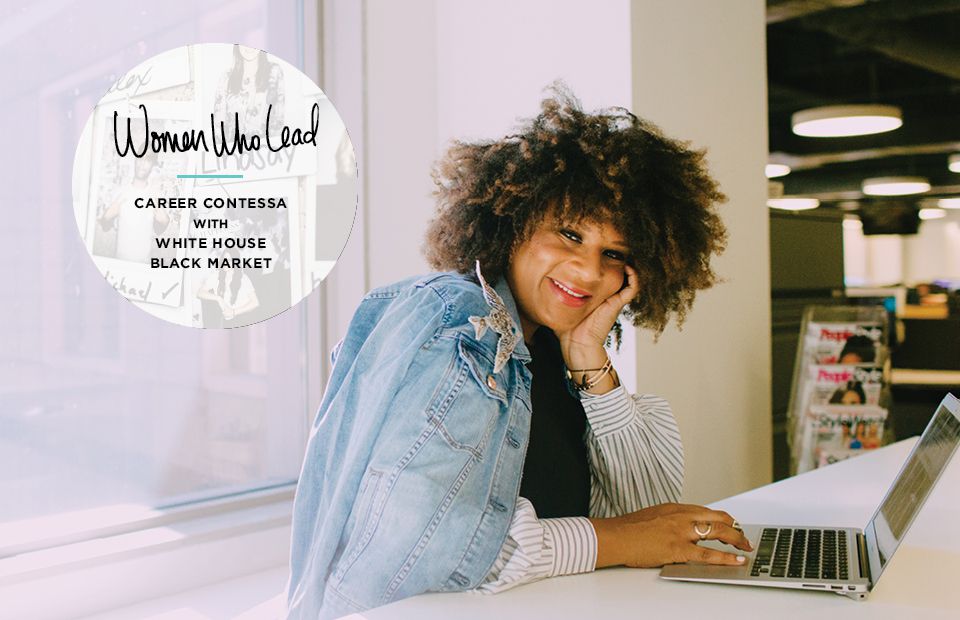
Media, Fashion + Beauty
Women Who Lead: Julee Wilson, Fashion & Beauty Director at ESSENCE Magazine
On what working in fashion media is really like and why balance doesn't exactly exist.
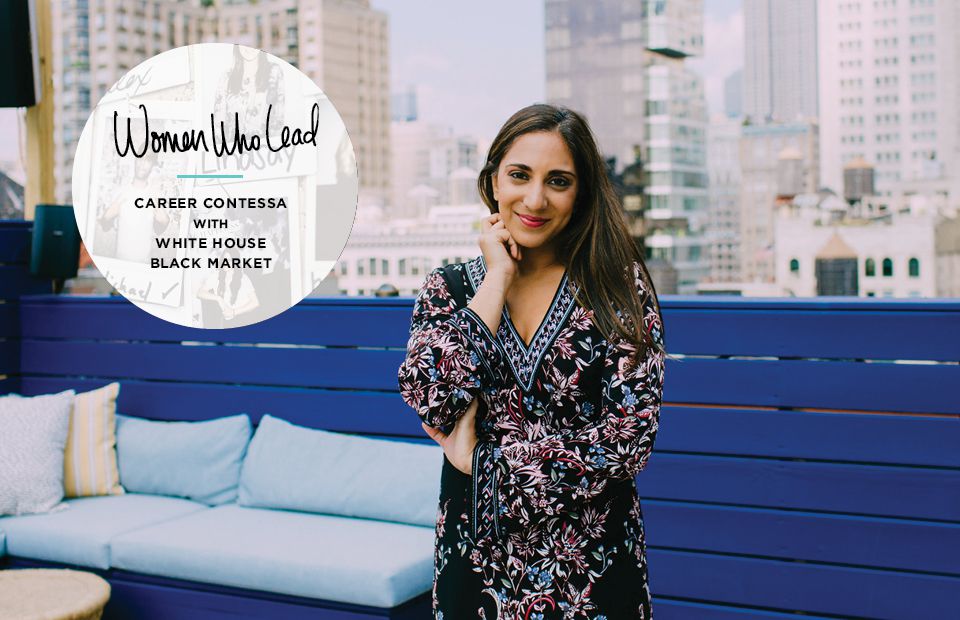
Media, Travel + Hospitality
Women Who Lead: Hitha Palepu of Hitha on the Go
On traveling for work, travel as work, and everything in between.
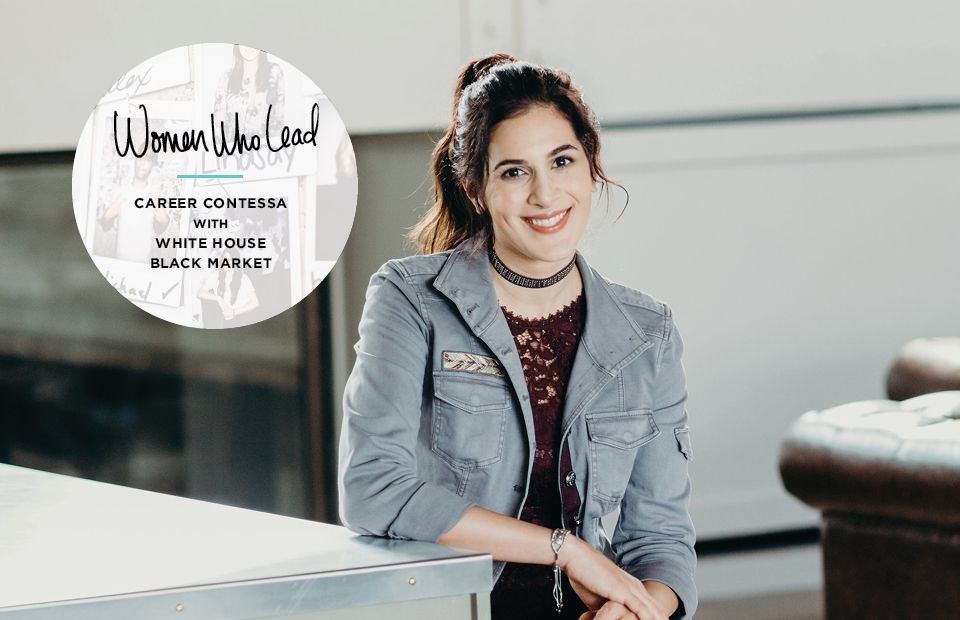
Media, Food + Beverage
Women Who Lead: Cynthia Samanian of Confetti Kitchen
From finance to foodie, Cynthia isn't afraid of risks—she's afraid of not taking them.
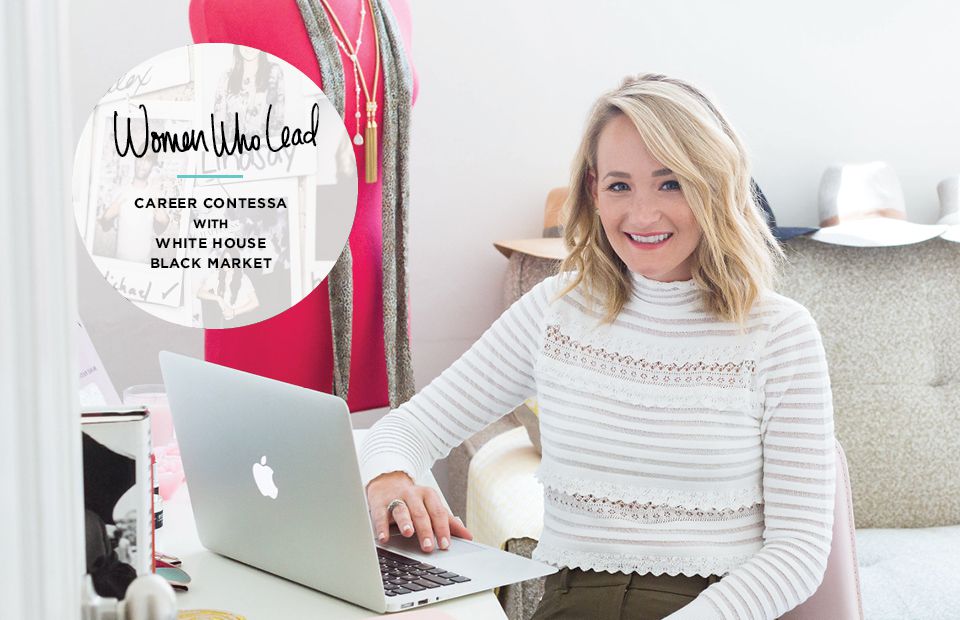
Media, Fashion + Beauty
Women Who Lead: Ashley Fultz of The Style Editrix
Ashley's showing us how motherhood and building a full-time career as a blogger can—and should—coexist.
Get the Best Career Advice Delivered To Your Inbox
Join our newsletter to stay in the loop.
